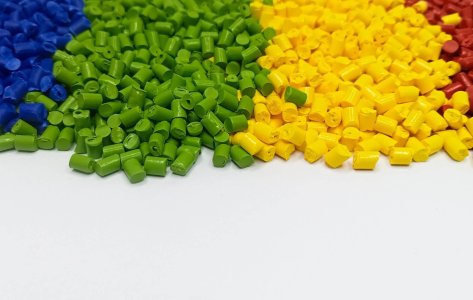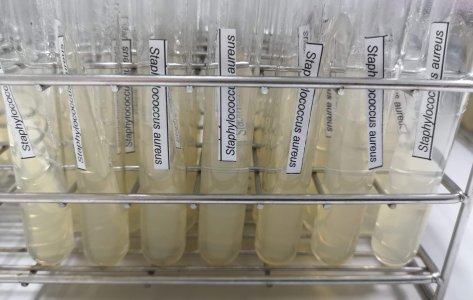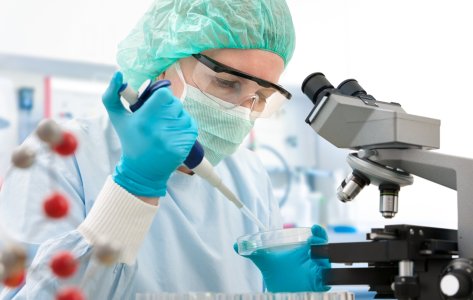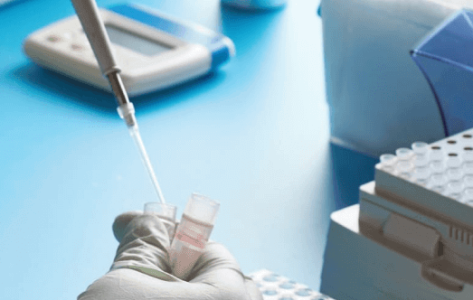- Swiss testing laboratory
EPA MLB SOP MB-40

Hassle-free testing experience
Need to get a product tested? No worries! To and fro logistics are on us; we collect your products, test them and, deliver them back to you.
Related tests for you
Quick understanding of the test
EPA MLB SOP MB-40 - Standard Method to evaluate the efficacy of antimicrobial surface coatings
Application
- Staphylococcus aureus
- Pseudomonas aeruginosa
- Stainless steel carriers are coated with antimicrobial chemicals.
- The carriers are abraded using alternating wet and dry abrasions.
- After abrasion, the carriers are challenged with test organisms for a specified contact time.
- After contact time, carriers are neutralized using a neutralizing solution, and the surviving test organisms are recovered.
- Assesses the durability of antimicrobial properties after physical wear, reflecting real-world usage conditions where surfaces undergo wear and tear.
- The test can be customized to include other microorganisms as well.
Turnaround Time
Passing criteria
Do you have a product that needs testing?
Abstract
EPA MLB SOP MB-40 Test determines the efficacy of antimicrobial surfaces coated against test bacteria and viruses. The method is used to assess surface coatings on hard, non-porous surfaces against prescribed microbes.
Micro-organisms used for the Test
Staphylococcus aureus
Pseudomonas aeruginosa
Viruses
The test can be adapted to other bacterial strains as well.
EPA MLB SOP MB-40 Test Method
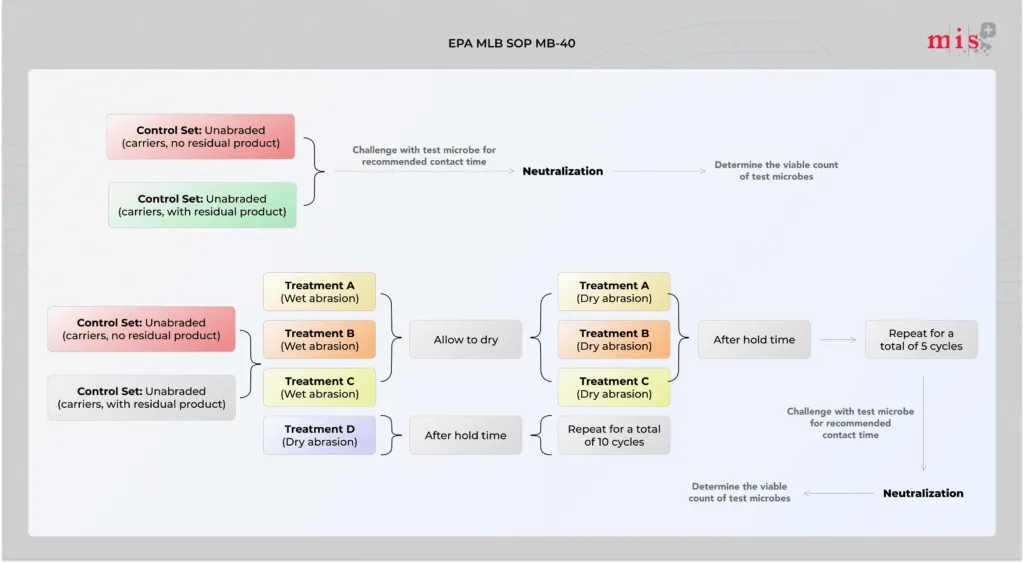
The test has 2 parts
Part 1: Chemical treatment and physical abrasion
- Stainless steel carriers of size 2.5 sq. cm. are brush coated with the antimicrobial chemicals, with uncoated carriers acting as controls
- The carriers are abraded using 5 cycles of alternating wet and dry abrasions
- An independent 10 cycle dry abrasion treatment is also performed
Part 2: Product efficacy
- After the completion of the treatment and abrasion, the carriers receive a 20μL mix of the test organism and soil load for 1-2hrs
- Post exposure to the mix, the carriers are neutralised
- The number of viable microorganisms is determined quantitatively
- The log reduction in the viable microorganism on treated and/or abraded carriers is compared to the intreated control carriers
A minimum of 3 log reduction in microorganisms within 1-2hrs indicates a 1-week residual claim for the antimicrobial surface coating
Importance of the test
EPA MLB SOP MB-40 testing can provide supporting efficacy data for the registration of surface coatings used to supplement standard disinfectants in order to augment their antimicrobial activity. The chemical treatments and abrasions performed in the test are intended to represent normal wear & tear and repeated exposure to chemical biocides.
Conclusion
Here at MIS, we develop and optimise test protocols for EPA MLB SOP MB-41 which are complied with international standards and appropriate safety protocols are followed while testing surface coatings against human pathogenic microorganisms.
MIS also offers a test for evaluating the antimicrobial activity of hard, non-porous Cooper-containing surface products (EPA MLB SOP MB-41)
Frequently Asked Questions

DR. Martinoz Scholtz
It is a test that evaluates the efficacy of antimicrobial coated surfaces, that are used to supplement standard disinfectants, against test bacteria and viruses.
All antimicrobial surface coatings used on hard, non-porous surfaces can be tested
At present, Staphylococcus aureus, Pseudomonas aeruginosa and viruses can be tested. The test can be adapted for other microorganisms
Meet the best of the blend of
R&D, Efficacy Testing,
Innovation and Passionate
Experts at MIS.





Explore More
In today’s health-conscious world, many
Did you know there are
Antimicrobial testing is important to
Let’s face it, we are
